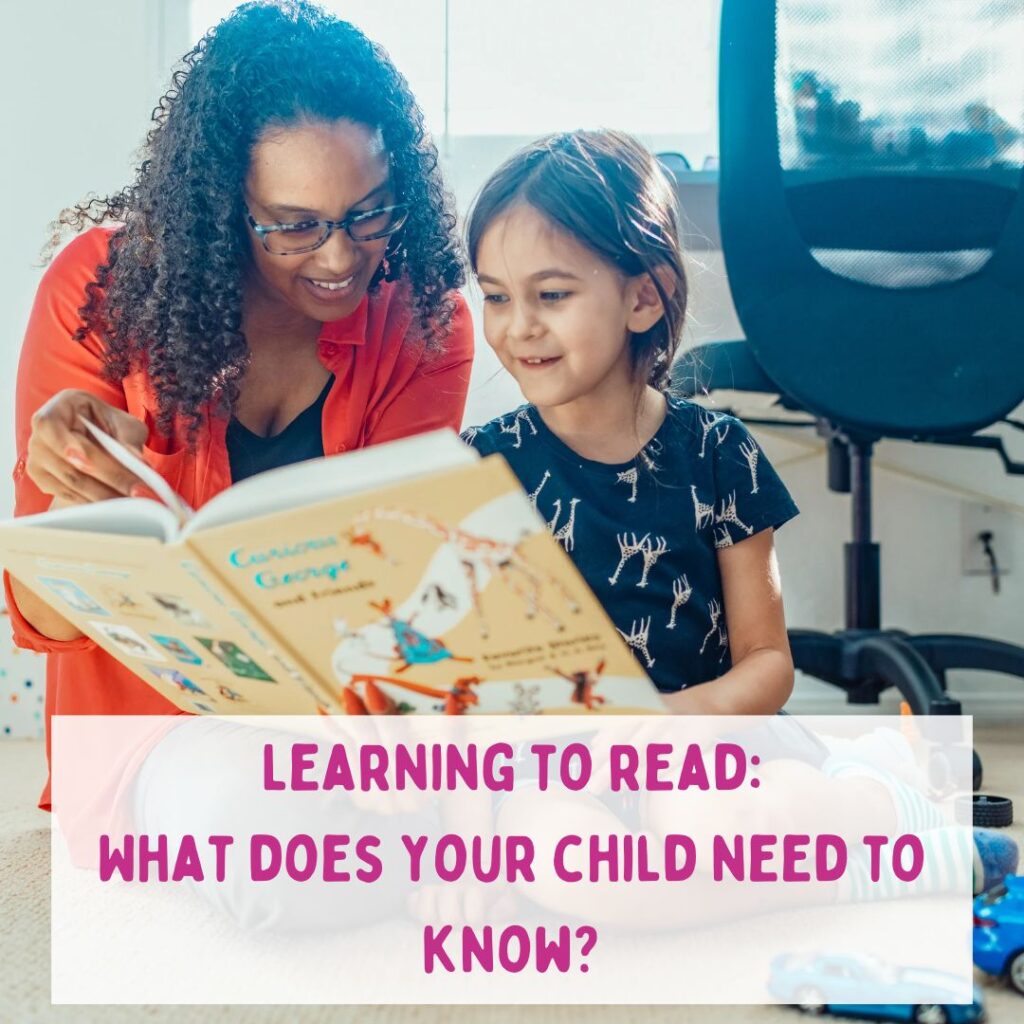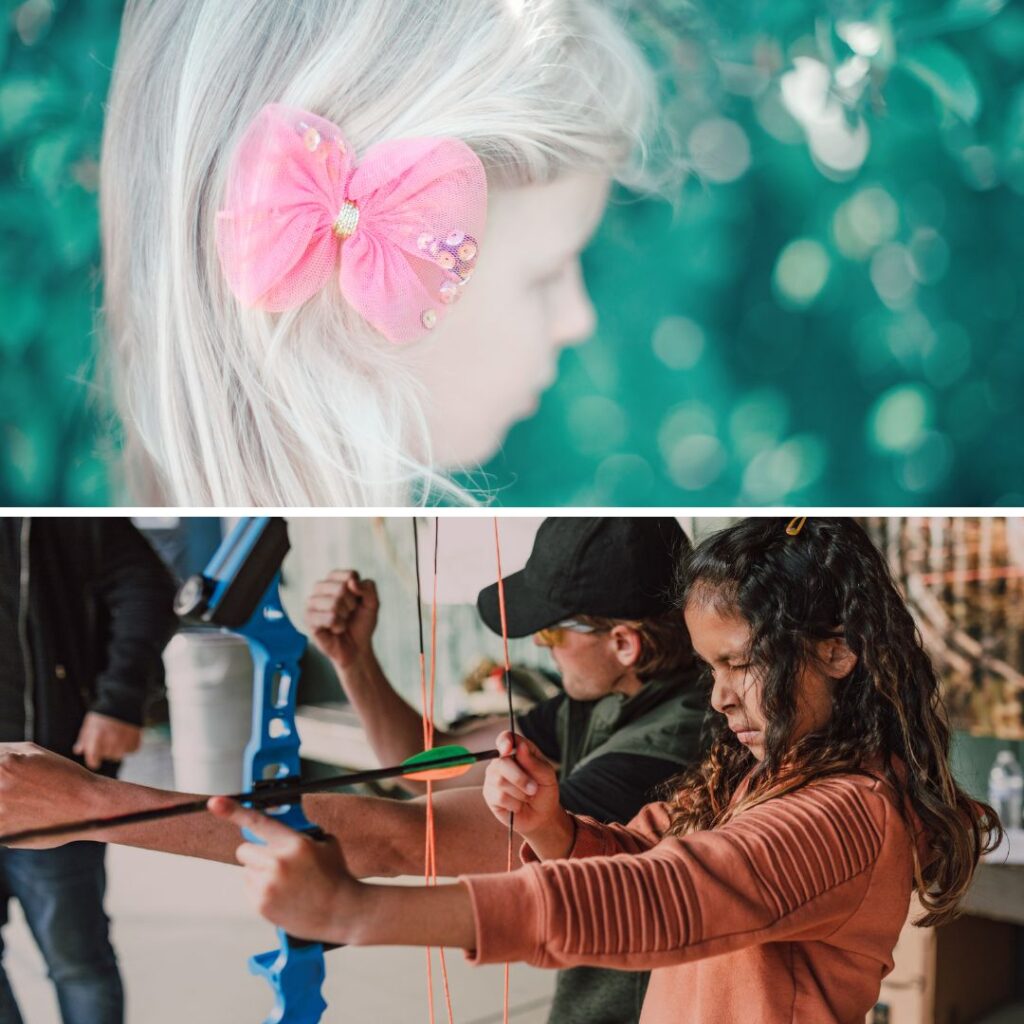Learning to read:
What does your child need to know?
When you know how to read, it can seem easy! Often, people don’t even realise they’re reading, their brain just does the work…
But in order to get there, your brain had to develop certain skills; skills it still uses, even if you don’t realise it.
When your little one is first learning to read (and even when they’re more confident) it can be useful to understand all of the things their brain is having to keep track of… so I’ve put together a short cheat-sheet to help!

Eye control – reading in the right direction
The first thing your little one needs to be able to do is focus on the page, on the letters, and track them in the right direction. If your child finds it difficult to focus on the page, or their eyes don’t track easily, it might be an idea to get their eyesight checked! There’s nothing more frustrating than trying to learn to read and not being able to see the letters!
It’s a really good idea to put your finger under the words when you’re reading to your little one, as it helps them learn to track the words as you’re reading.
Identifying letters and matching them to the correct sound
Recognising letters is the first skill we need to teach actively. Our children need to connect the letters to the corresponding sound consistently and easily. It often takes a little while for children to develop this skill, but after your child has learned the first 6 sounds, they can read over 20 words and it gets exponentially bigger the more sounds they learn!
Holding the sounds in your head
The next step may seem like a simple one but can actually be incredibly hard for children to do, particularly when they’re first learning letters. Often you find that children can remember the last letter they read, but not all of the letters in the word. This can lead to frustration as they need to read the words again. Developing memory skills through games and activities can help children hold the sounds more easily in order to blend and manipulate them into words.
Blending the sounds together to say the whole word
As we said in the previous section, once our children can remember all the sound in the words, they need to be able to manipulate them and put them together in order to make a word. Some sounds are tricky for children to put together and they may struggle to get their mouths to move quickly enough to create the word clearly. This is why it’s important to play with sounds from early on in your child’s life. If you’d like some games to help them develop this skill, check out my blog – 10 Listening Games – or click here – workshop coming soon – to learn about all of the skills your child needs to develop to become confident with blending.
Checking if the word makes sense and understanding what it means
Once your child has blended the word and said it out loud, they need to attribute meaning to it. They need to understand what the word means. This can be particularly important if it’s a tricky spelling of the word or they need to edit one of the sounds. Children are constantly developing their vocabulary and you can help them by reading a range of books and using more complicated language when speaking.
Understanding the word within the sentence as a whole
The final thing your child needs to do is think about the word in context. So while they may understand what the word is on its own, they need to look at the sentence as a whole and consider what it means now. For example, the word ‘bow’ (pronounced bO) could mean different things depending on whether it’s talking about hair or the sport. Your child needs to read the rest of the sentence to work it out. For example “The bow in her hair was pink.” or “She picked up a bow and fired the arrow.”. Both sentences have the same word in them, but with different meanings. This is the final thing your child needs to do when reading any sentence.

If you consider that your child needs to do all of these every time they read, and that when they are first learning, they need to do these actively, rather than automatically, it’s clear why reading can be so hard for some children!
If you’d like support with your child’s reading, the doors to my Curious to Confident course are currently OPEN! Learn everything you need to know about how to support your child with reading and get a huge amount of support to get your child to that next level. Find out more by clicking the picture below!
